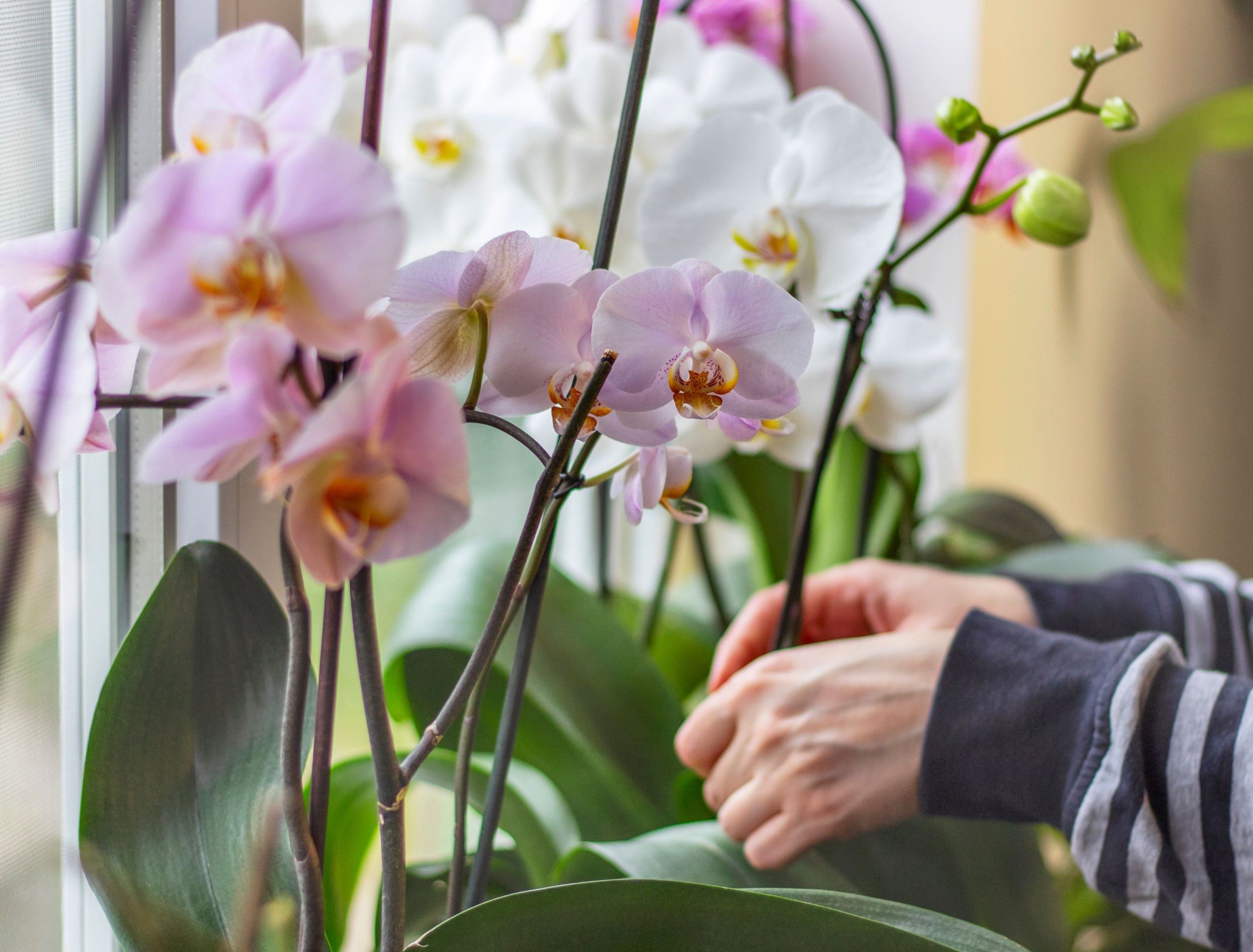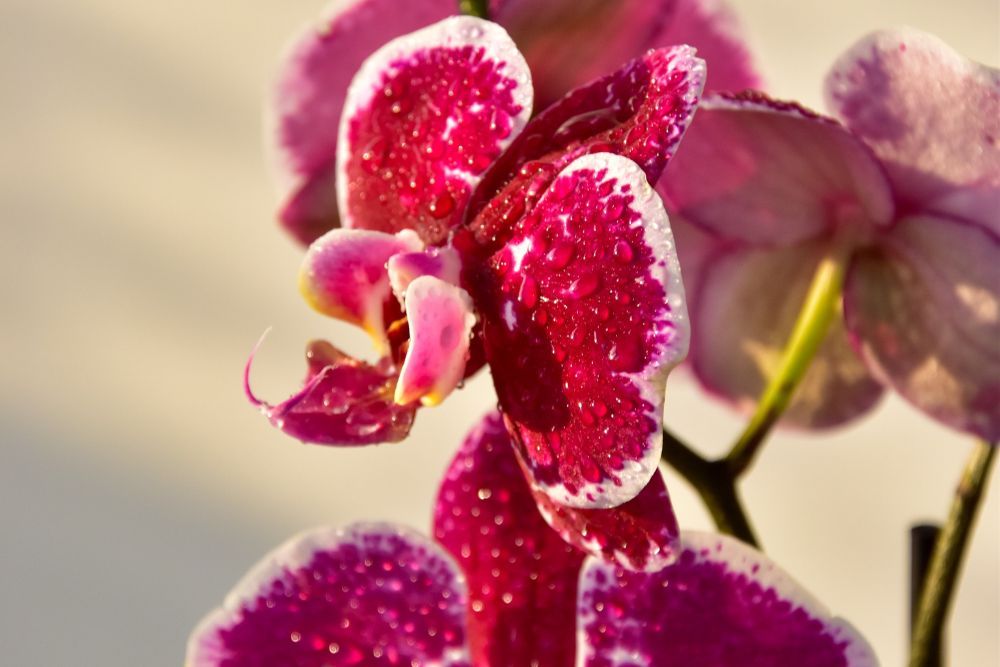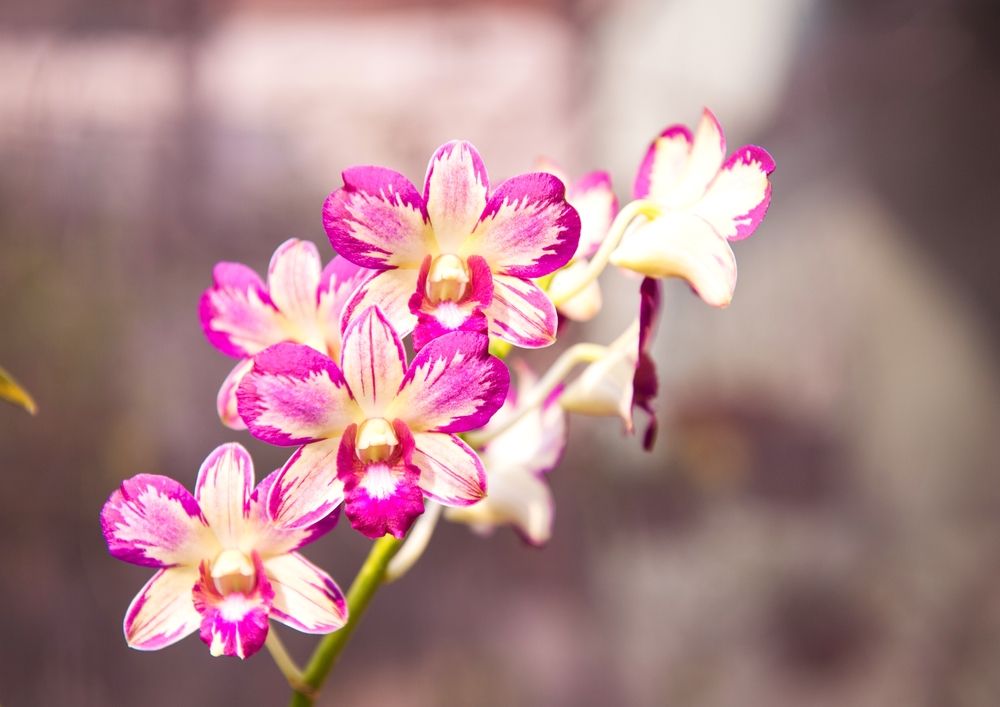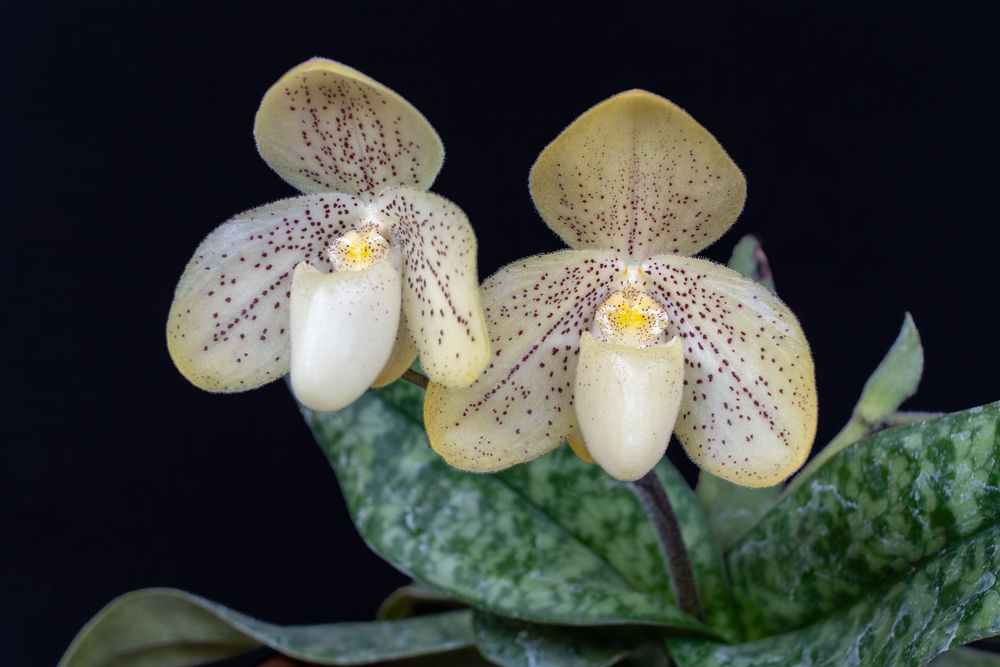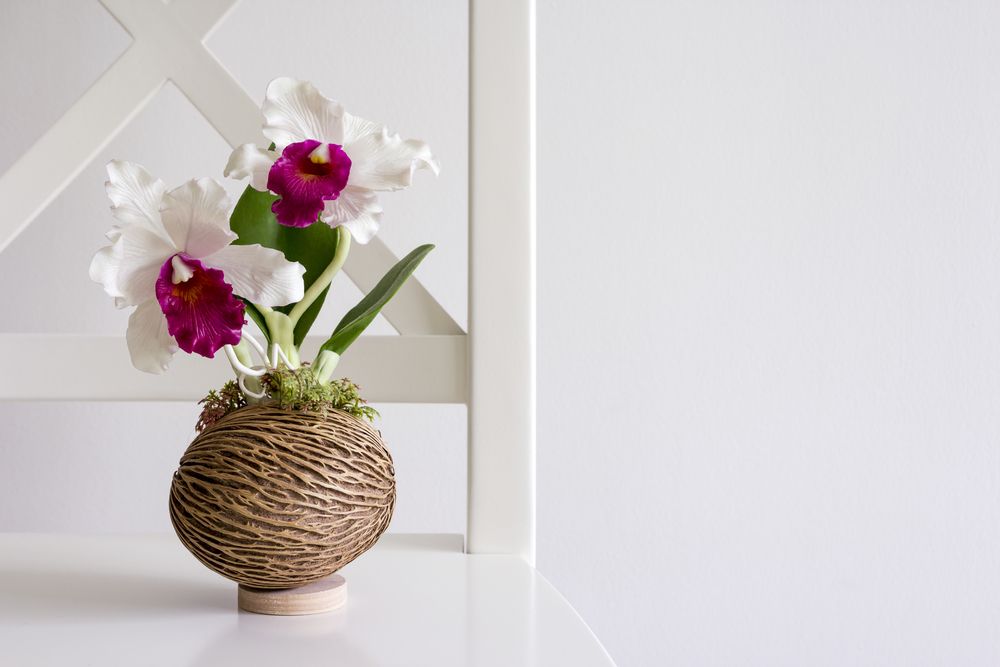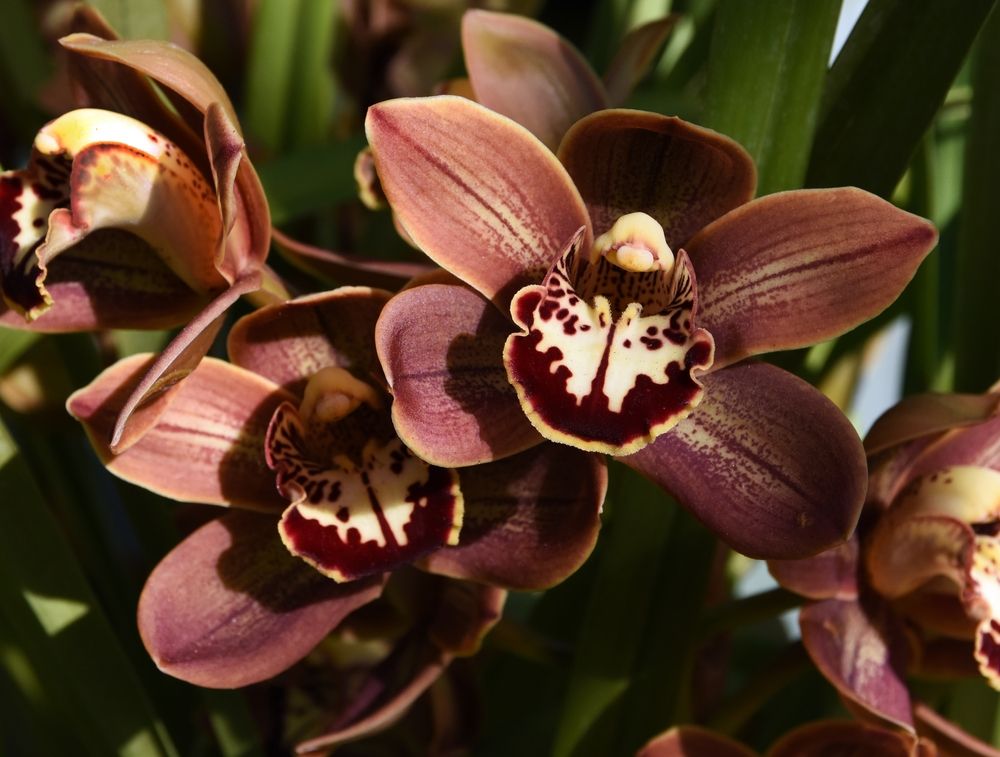Bring a touch of exotic beauty to your home with the addition of one (or all!) of these stunning orchid varieties.
People have cultivated orchids around the world for centuries, and it’s easy to see why. They are graceful plants that come in an array of colors, shapes, and sizes. And while keeping these tropical beauties thriving at home can be challenging, with patience you can enjoy their long-lasting blooms in indoor spaces! Read on for details about the top five must-have orchid varieties for you to choose from.
Moth Orchids
Image credits: Didsvia Pexels
Arguably, the most popular orchid sold in the US is the moth orchid (Phalaenopsis). It is the perfect pick for a budding gardener, as it is one of the easiest orchids to grow in the home. These remarkable blooms can bloom in the winter, and last for months on end.
The flowers come in a range of colors, including white, salmon, pink, purple, and yellow. Some varieties even have tiny attractive specks on the flowers.
In winter, when days are shorter, position your plant near an east- or west-facing windowsill where it will get plenty of bright indirect sunlight. If you don’t have access to natural light, don’t worry! You can also use artificial lighting to help encourage flowering.
The ideal temperature range is between 70- and 80 degrees Fahrenheit during the day and around 60 degrees Fahrenheit at night. Maintain humidity levels at around 50 percent or more for optimum growth. To keep your moth orchid looking its best, water mature plants weekly during the summer and spring, but cut down the water frequency in the winter months.
Dendrobium Orchid
Image credits: Jindowin via Shutterstock
If you’re looking to get your hands on an exotic and beautiful orchid, the Dendrobium orchid is one of the best choices out there. Not only are they stunning in appearance, but they also come in a range of different colors. This is one of the largest and most diverse groups of orchids.
Temperature-wise, Dendrobiums prefer growing temperatures of 65 to 75 degrees Fahrenheit during the day and 55 to 60 degrees Fahrenheit at night with humidity above 50 percent. However, some species require cool temperatures instead. Check what type of conditions your particular plant prefers before deciding where to put it.
Water your Dendrobium twice a week in the morning. They like to be nearly dry before re-watering, so check the soil first. Water deeply so that the entire root system is moist.
Light is also important for Dendrobiums. They need lots of it, but not direct sun as this can cause leaf burn. A delicately shaded area with bright indirect sunlight should be ideal such as a south-facing window.
Finally, many species need a dormant rest period in the late fall. This is when you should withhold watering your orchid for several weeks. However, other Dendrobiums may not require this. Remember to check your type of orchid and adjust accordingly.
Venus’ Slipper
Image credits: Cyrille Redor via Shutterstock
With its unique pouch-like lower petal and beautiful variety of colors with stripes, veins, and spots, the Venus slipper orchid (Paphiopedilum) will make a bold statement in your home.
To ensure optimal growth of your Venus’ slipper orchid, provide it with indirect light as it grows best in full to partial shade. Keep the temperature around 75 to 85 degrees Fahrenheit during the day and 60 to 65 degrees Fahrenheit at night for mottled leaf varieties. For green leaf varieties, keep the temperature around 70 degrees Fahrenheit during the day and 50 to 60 degrees Fahrenheit at night.
Keep humidity levels above 50 percent and water your mature plants weekly. They also enjoy being root-bound in their pots
Corsage Orchid
Image credits: ArtBackground via Shutterstock
The corsage orchid (Cattleya) is an elegant beauty with trumpet-shaped blooms in shades of purple, yellow, white, orange, red, and even green! This orchid flowers in the winter and spring. And the gorgeous blooms will last you up to a month.
These plants like plenty of bright light, with good air circulation for optimal growth during their growing season. However, they would also appreciate being left relatively undisturbed in terms of light and watering during their rest period, which is in the fall and winter. Relative humidity should be at 50 percent or more.
Cymbidium Orchid
Image credits: Diane Woodcheke via Shutterstock
If you’re looking for a show-stopping flower, the Cymbidium orchid is the way to go. With its wide array of colors and long-lasting blooms, it’s no wonder why this plant is beloved by so many gardeners. While some plants need direct sunlight, Cymbidiums are quite happy with partial shade in midday light and can even take direct sun when placed in the early morning or late evening. If you want to ensure your flowers don’t fade, simply add extra shade over your flowering plants while they bloom.
When it comes to watering your Cymbidium orchid, give it plenty of water during its summer growth period. But always check the soil first by testing it with your finger. If the top of the soil is dry, then water it. These orchids can go up to 10 to 12 days without water in winter, so it will be okay if you miss a watering. Fully saturate the pot when watering, then allow the soil to dry out before repeating.
You've Got To Be Orch-kidding!
As you can see, there are many gorgeous orchid varieties that will give your home an elegant touch! With proper care, these beautiful blooms will last for a while. So, what are you waiting for? Get growing and enjoy the beauty of orchids!
Leave a comment below and share with your family and friends’ what type of orchids you'll be adding to your home.

